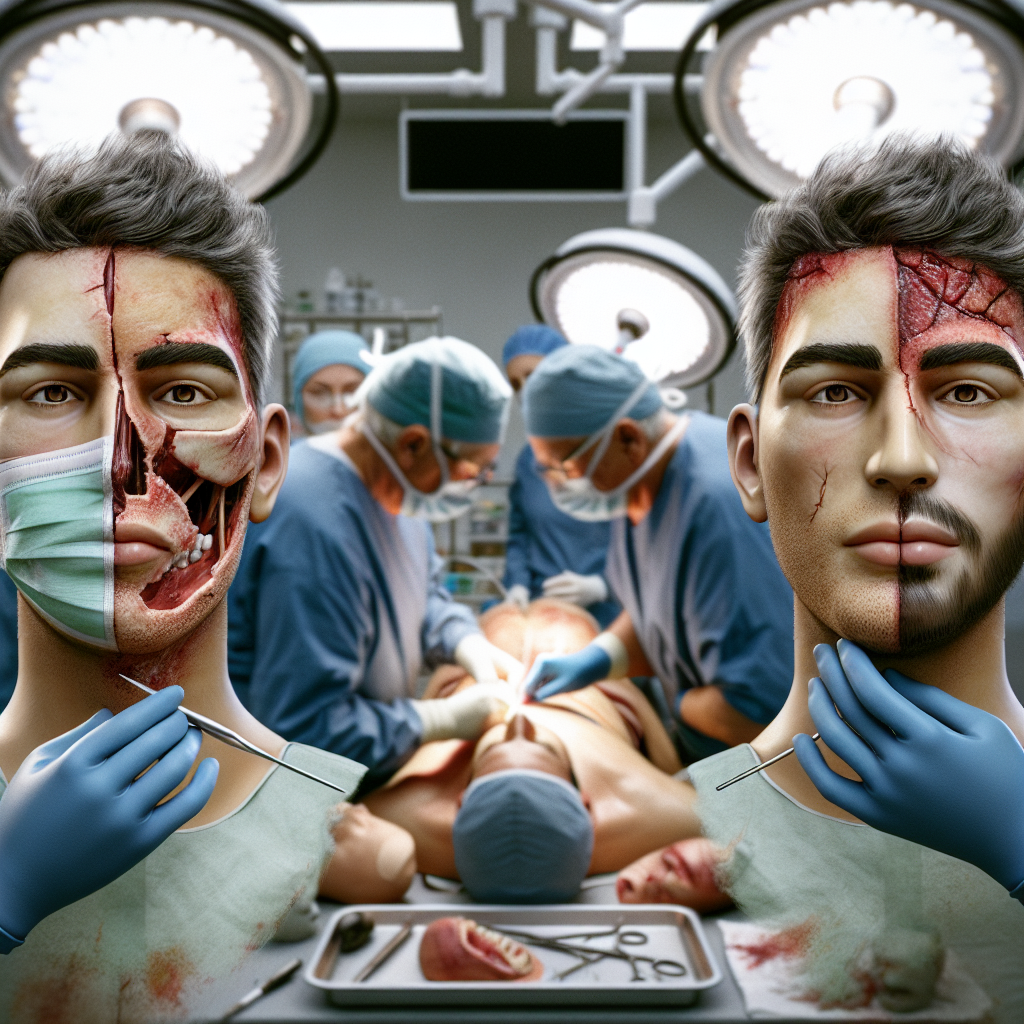Unveiling Ancient Faces: The Art and Science of Facial Reconstruction
Computer-assisted reconstructions of ancient faces are popular but have limitations. Combining skeletal remains with ancient portraits, such as in the case of Hermione Grammatike, researchers use various techniques, including DNA analysis, for accuracy. However, the accuracy of these reconstructions remains uncertain due to inherent artistic elements and discrepancies in historical depictions.

- Country:
- Australia
Melbourne Melbourne, Aug 30 (The Conversation) – The quest to uncover what ancient people looked like continues to fascinate. One modern approach is computer-assisted reconstructions, bringing faces from the Greco-Roman era back to life.
In 2020, a digital artist went viral for recreating the faces of Roman emperors using AI technology, achieving photo-realistic results. This process often begins with adding realistic features to ancient busts, a method that has varied complexities.
Take Hermione Grammatike, a 1st-century CE teacher from Egypt. Her mummy's portrait and skeleton allowed British Museum researchers to use CT scans for a 3D facial reconstruction, aligning it with her coffin portrait.
Despite precise techniques, challenges exist. Skulls provide limited information, infusing an element of art in these reconstructions. Although they offer a resemblance, exact replicas are unlikely. New methods, like DNA analysis, enhance accuracy by determining hair, skin, and eye colors.
Ancient portraits themselves are not entirely reliable. Discrepancies between portraits and literary descriptions, as with Aristotle, raise questions about their accuracy.
Some portraits were so accurate they were used in legal disputes, while in Thebes, artists faced fines for unflattering depictions. This highlights varying motivations behind these portraits.
The desire to see historical faces is timeless, as seen in Marcus Terentius Varro's collection of 700 portraits of notable figures, dating back to 39 BCE. This demonstrates a shared curiosity between ancient and modern societies.
While we enjoy these reconstructions, it's crucial to remember their limitations. Both ancient artifacts and modern techniques have their imperfections, reminding us of the delicate balance between art and science in facial reconstruction. GRS GRS
(With inputs from agencies.)










